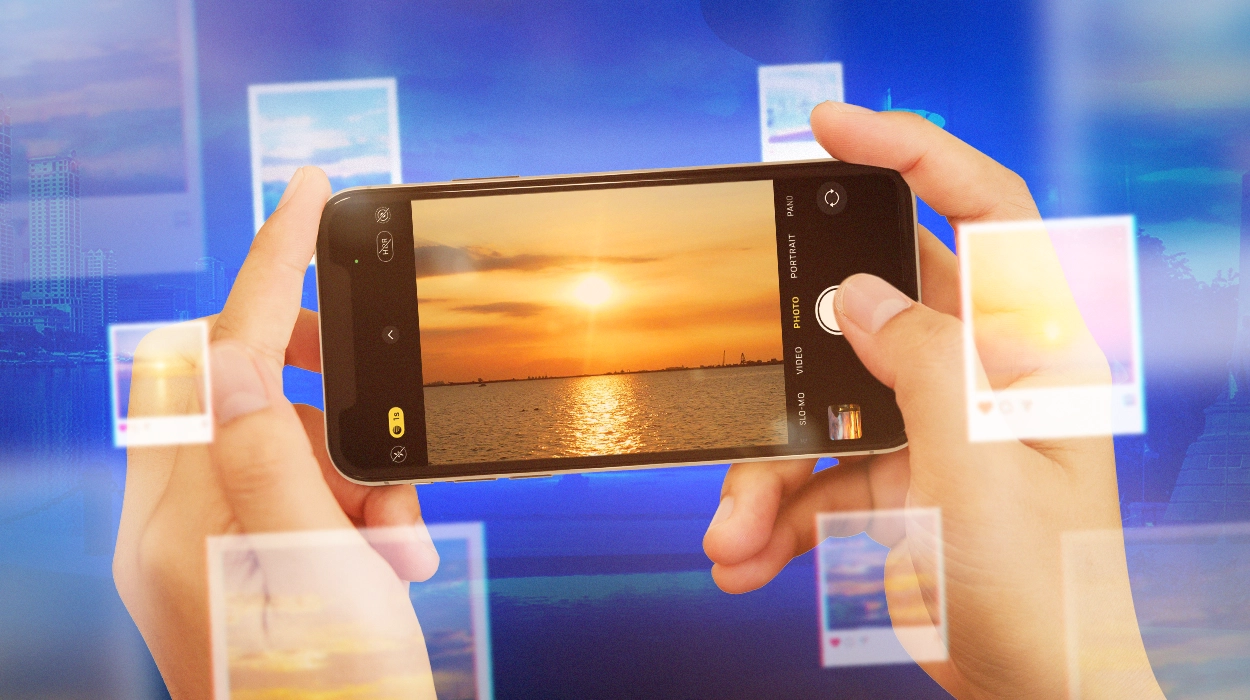The Philippines continues to be a cash economy, but e-wallets and cashless payments are ushering in a new digital space for everyone. How did e-wallets convince a cash-first economy to use digital money? How did they accomplish what traditional banks have been trying to do for several years now?
Less is more
How do you change something that generations have been so accustomed to for so long? Making transactions is a simple concept to grasp. If you want to purchase something, you pay the necessary amount for it. It is one of the earliest things taught to children using toy cashiers and Monopoly board games.
It’s easy to think that the trend toward going digital with money started when the COVID-19 pandemic first came and forced everyone to reduce physical contact with each other. The world has always been looking for ways to make finances faster, easier, and safer.
Think about what you had to do before. Every transaction you did during the day required you to pull out a wallet or coin purse. Public transportation required extra change, your morning coffee and daily food were paid in cash while waiting in line alongside others and whatever other errand you may have.
No one likes bringing around a thick wallet or a heavy coin purse. From carrying around bags of gold and silver to eventually printing on paper bills, the money system has been evolving towards portability. Carrying as much as you can while carrying nothing at all.
The earliest example of this came in the form of credit/debit cards and checks. Quick in-and-out payment options eliminate the few extra minutes spent making sure you brought the right amount of money, counting what you have to pay, and making sure that you receive the correct amount of change.
That’s not even mentioning the extra burden of worrying about losing whatever amount of money you have, especially if you’re carrying a large amount. And what if you finally reach the store and realize that you don’t have enough to pay?
Going cashless with transactions is the way to go. Fast, efficient, convenient, relatively safe, and you eliminate the extra feeling of guilt when you give a bunch of cash bills to the cashier when you do retail therapy. The good news is, you only really need a phone to go digital with your money. What used to only be a concept seen in the likes of sci-fi stories is now happening in today’s society.
Mobility of payments
A survey conducted by finder.comestimated that around 150 million Americans have used digital payment methods. 66% of survey participants said it was because of convenience.
Further proof that it will be the preferred payment method sometime in the future is that 85% of Gen-Z have embraced digital wallets with 81% of millennials following shortly after.
Phone payments have been around since 1997 when Coca-Cola set up vending machines that people can purchase from using texts. What the COVID-19 pandemic has done is to further expose people to the many benefits it has.
Initially, it was just because stores were closed and people were forced to stay at home. Deliveries and online stores became a go-to for any customer. The problem is, money can get really dirtywith some claims saying that it can be nastier than a household toilet and that it can carry around diseases from one person to the other. One of the more famous post-apocalyptic video game stories even has “Dollar Flu” as the main cause of conflict.
And that’s where the likes of GCashand Maya(formerly PayMaya) came into popularity. The number of Filipinos who are getting into e-wallets are growing rapidlywith the count being 9 million back in 2017, almost tripled in 2020, and now projected to be around 75 million by 2025. Around P2.39 trillion were transferred via e-wallets back in 2020.
Nowadays, it feels weirder to pay in cash compared to the quick and easy transactions e-wallets provide.
Speaking of speedy transactions, it also solves a geographical problem. You no longer have to go through a carrier delivery service or pay extra fees for bank transfers to send money to people who are far away from your current location. E-wallets can make it all possible with just a few clicks.
Is cashless the death of cash?
Should financial institutions gear up for the inevitable loss of cash? According to the Global Payments Report (GPR), only 20.5% of global POS transactions were conducted with cash in 2020. This was a 32% reduction from the year prior. It is expected to drop further to 12.7% by 2024.
According to Mike Kresse, head of global B2B payments at FIS, “Cash can’t compete with rising expectations for fast, safe, and easy payments. The smartphone was already transforming payments, and the pandemic brought the future faster, accelerating the trends.”
The lesser cash in circulation means that people are less inclined to go visit the bank and the fewer visits to banks means that there will be less need for them to exist in the first place.
The way society operates nowadays heavily favors snappy processes. We want everything done within a couple of seconds. Customers expect their transactions the moment they make the decision.
ALSO READ: Understanding the Modern Loss of our Attention Spans
The question isn’t whether or not we should prepare for cash disappearing in the future, we’re already seeing it happen now. Either you get in on it, or you’ll be stuck counting the change while everyone else has moved on.



